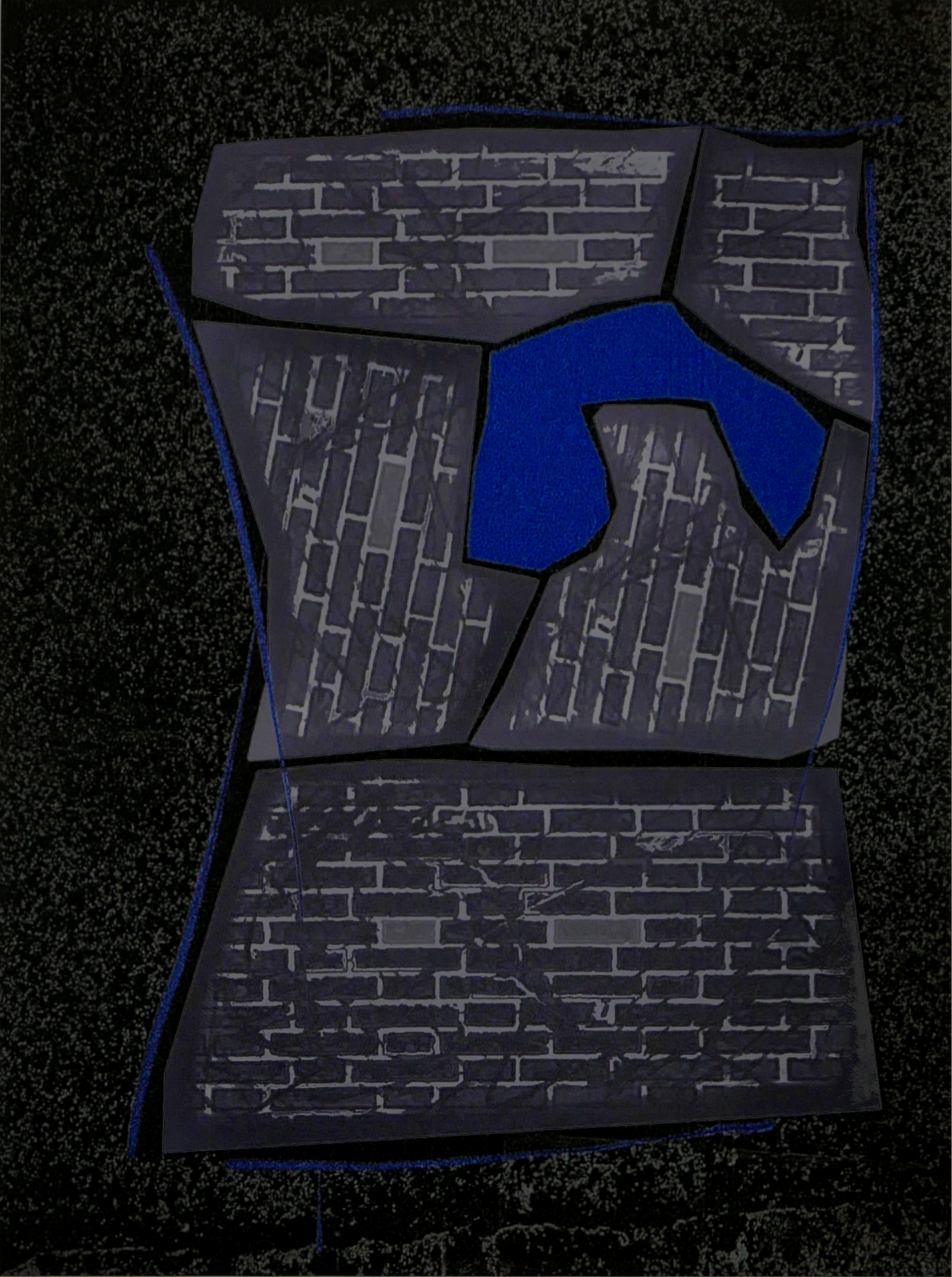Identifying and managing risks is nowadays key in any strategic planning. Under the wording risk management, companies aim to control and minimize the risk level that could impact their short or long-term profitability. In cities, risk management is expected to drive urban planning safety approach and better integrate hazards occurrence. It is based on procedural and systemic approaches, most of the time certified, built on conventional and analytical methodologies.
In a rapidly changing world where surprise is likely (1), the same descriptive approach applies on our environment threatened by natural hazards. Our fragility awareness reflects in greater consideration for human vulnerability, but the modus operandi to decrease the risk level is comparable, based on decision tree analysis and quantitative/qualitative frameworks. Amongst the first questionings on the relevance of such linear thinking, Holling’s “panarchy” (2) conceptual model introduced the idea that social and ecological systems are interlinked and continuously restructure and renew depending on their environment. By reconsidering the norms, introducing unpredictability as a random variable and conceptualizing risk management, the seeds of resilience had been sowed. On one hand, a normative approach; on the other, a critical thinking?
The unpredictability awareness of our environment has catalyzed the precautionary approach principle edicted in 1992 (3) and now embedded in EU (4) or local (5) regulations. It may be seen as a pragmatic behavior but has nevertheless philosophical consequences. It questions the meaning of uncertainty and leads to re-contextualize the question of risk management. Firstly based on hazard evaluation, and then encompassing vulnerability assessment, new paradigms develop into a critical resilient thinking engaged with concerns on governance and the way normative approaches do or don’t include rights and justice. As recalled by M. Biermann & Al (6), there could be a need to challenge current hegemonic systems of knowledge and their cyclical reproduction of unequal power relations if we want to understand the true meaning of our environment social dimension and seek for emancipatory change.
But is the concept of resilience culturally biased on the ground of its inefficiency to fully encompass the political dimension of social systems? Or is it preferable to theories that have not proved their ability to propose a new universal truth? The consequences on our own critical thinking are not neutral. Reconsidering what has been taken as granted opens new fields of thoughts. But how should we see its purpose and consequences on the way resilience needs to be operationalized? Should we refuse to see the contribution of trade-offs on the ground that the level of commonalities between economic, social and ecological dimensions of resilience is questionable? Is critical thinking an opportunity for improvement or a fundamental reconsideration?
In the early 1910s, another concept emerged that revolutionized Art. For millennia, visible appearances of the world had been transposed into pictorial representations subject to “objective purposes”. The direct observation of models was at the center of all artistic approaches. With his first compositions, Kandinsky introduced abstraction with lines and colors having intrinsic values and not any longer aiming to serve an object representation. This was a major shift and the intellectual disruption generated by the emergence of abstraction caused controversies on the nature of reality. On one hand, a normative approach; on the other, a critical thinking?
The theoretical background defended by Kandinsky in his book Point and Line to Plane shows how lines can be conceptualized to form a composition. But the numerous debates raised by abstraction caused a profusion of polemics questioning the meaning of reality. Those in favor of a figurative expression argued that abstraction was a misleading way causing confusion of aesthetic norms. But can we mean that abstraction does not represent reality and what reality are we talking about? Moving from a macroscopic view of any object to its atomic scale will show two fully different sides of its materiality.
Is there any reason to consider that figuration is more or less natural or authentic than abstraction? All artistic expressions are based on a timeless element: the sign. Is conveying an abstract idea inconsistent with this universal language? Obviously, this would pay little attention to some major impressionists’ paintings that paved the way for non-figurative Art.
In other words, what do we mean by reality and how useful may a concept be? It does not aim to exacerbate disagreements and oppose unessential differences. It is primarily based on analogous entities for which similarities take over on differences. A conceptual approach provides synergistic ways of thinking. Linear risk management and conceptual resilience should not exclude each other, both serving the purpose of a better wellbeing and well-living. Figuration and abstraction cannot be pitted against each other. They both lead the way to new perspectives, help to think differently and propose new narratives. Abstraction and resilience share the same outstanding quality: the ability to reconsider norms with the aim to improve our level of understanding.
In the below work, the figurative norms of a previous photographic work (7) dealing with the questions of cultural capital and sociological resilience are reconsidered. While the original picture composition was structured around three expressive elements (a silhouette, a blue canvas and a chalk mark), the below version is centered on a blue motif referring to the canvas. The background reminds the other elements, based on linear and non-linear lines symbolizing normative and critical thinking.
Yky, March 2020, yky@resi-city.com

- https://www.ecologyandsociety.org/vol21/iss4/art44/ (§ “expect the unexpected”)
- https://www.resalliance.org/panarchy
- http://www.gdrc.org/u-gov/precaution-7.html
- https://eur-lex.europa.eu/legal-content/EN/TXT/HTML/?uri=LEGISSUM:l32042&from=FR
- https://www.vie-publique.fr/fiches/20275-administration-et-principe-de-precaution
- https://www.tandfonline.com/doi/full/10.1080/21693293.2015.1094170
- https://www.resi-city.com/2018/01/20/vulnerable-or-resilient/
I appreciate the bibliography with your posts. The sources are broad-ranging & scholarly